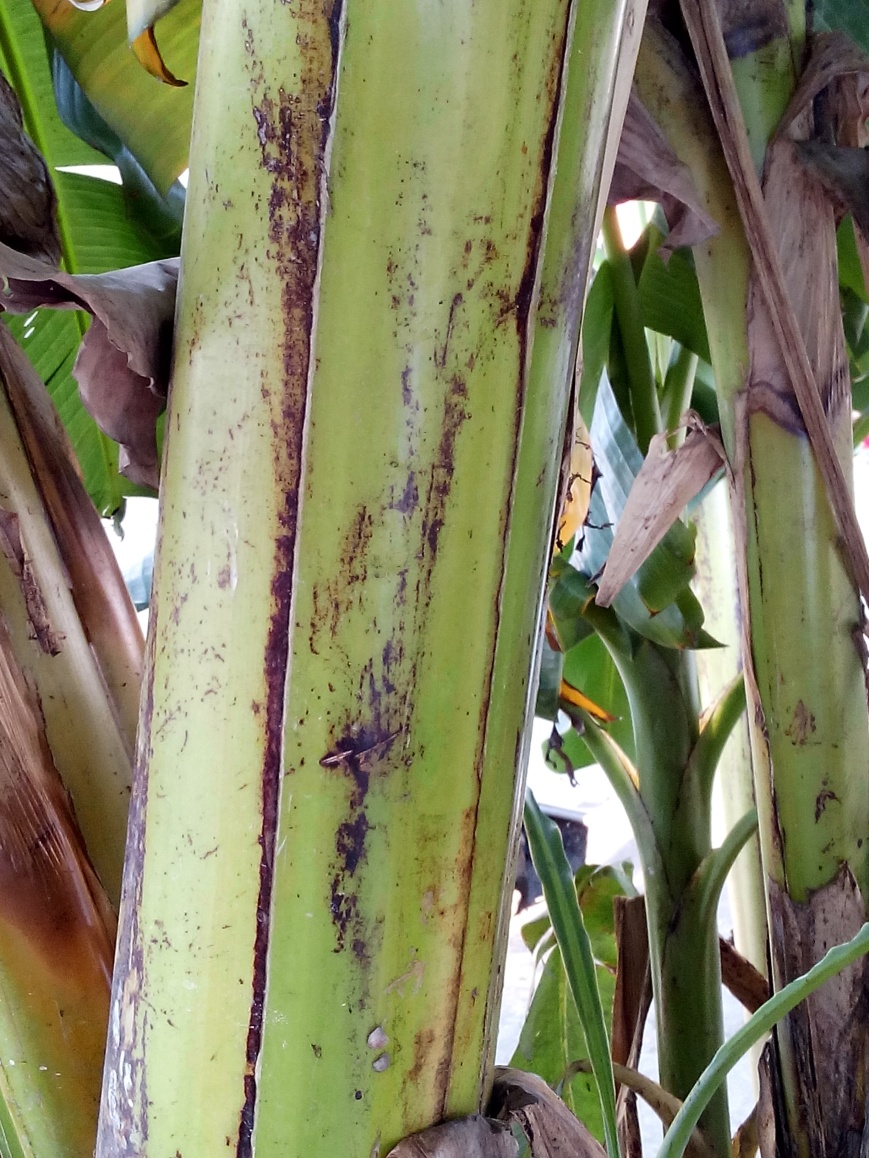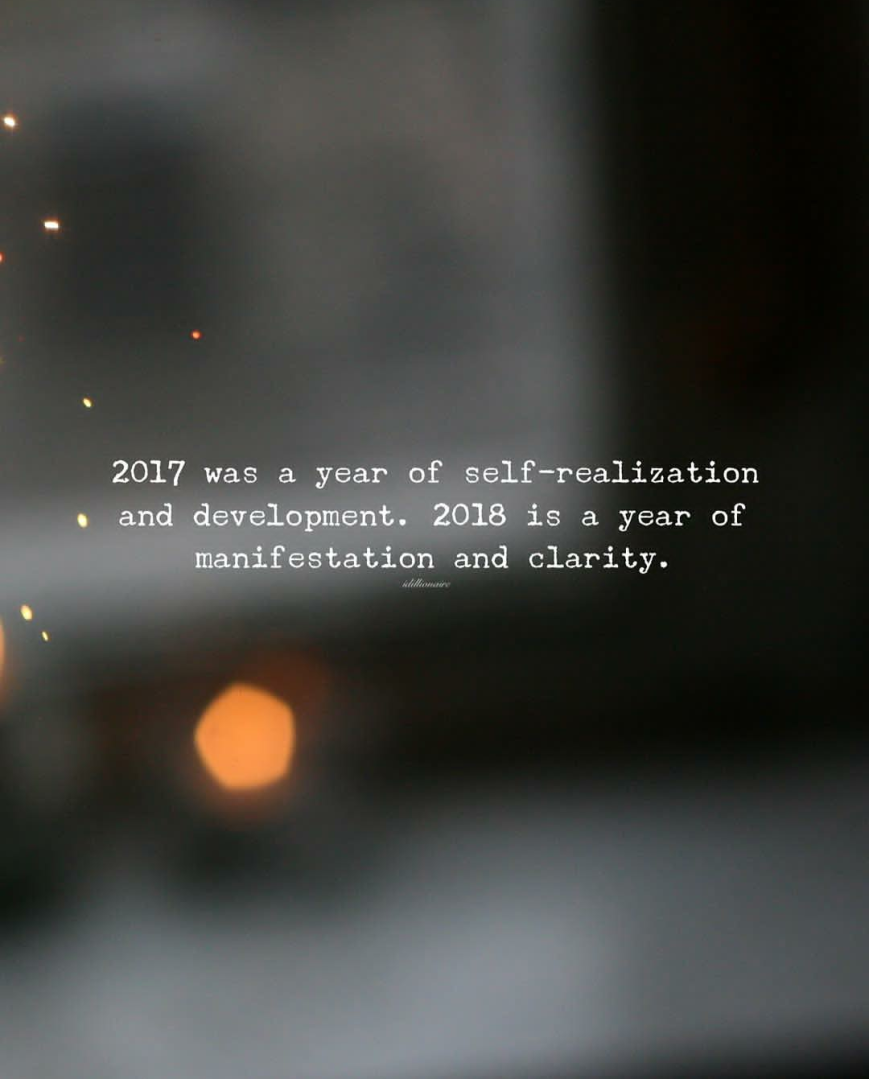Banana or Plantain is one of the most savored fruits, and though they come in various shapes, sizes and varieties, two of these varieties are widely used:
Musa sapientum – These fruits are small and raw ones are used as vegetable.
Musa paradisica – These fruits are large and eaten when ripe.
In Ayurveda banana is referred by various synonyms like Kadali, Vaarnaa, Mocha, Ambusara, Anshumatiphala. Various varieties are also described – Manikya kadali, Martyak kadali, Amrita kadali, Champak kadali, etc.

Mythological Significance
It is considered as one of the sacred trees and symbolizes Lord Vishnu. The fruit is offered to Lord Vishnu and Goddess Lakshmi for happiness in family and married life. The Banana leaves symbolize growth and regeneration and in auspicious ceremonies leaves are tied to the pillars and food is served on them.

Banana Plant Uses
According to Ayurveda, all the parts of the Banana tree have healing properties. The banana tree uses are listed as follows:
Flower Of Banana Plant
It is sweet and astringent in taste. The properties are unctousness, heavy and cold. It alleviates Vata, Pitta, blood disorders and emaciation.
-
Juice of flowers with curd helps in meno metrorrhagia (heavy bleeding during menstruation).
-
Flowers are taken as infusion for painful menses.
-
Flowers of Banana and Albizia lebbek (Shirish) mixed with Pippali (long pepper) are pounded with rice water is helpful in Asthma.

Stem Of Banana Plant
-
Juice of stem alleviates Vata disorders and thirst.
-
Juice of stem helps in flushing out kidney stones.
-
Sherbet (syrup) is given in cough.
-
Inner tender stem is eaten as a vegetable.

Leaves Of Banana Plant
-
Kshara (Alkali) prepared from ash of Banana leaves is mixed with flour and made into paste. Intake of this alleviates stomach disorders.
-
Alkali mixed with turmeric is helpful in skin disorders.
-
Leaves are wrapped on wounds for proper healing.
Corm Of Banana Plant
-
It is sweet in taste and cold in property.
-
It increases digestive fire, taste and strength.
-
It alleviates acidity and burning sensation.
Further reading : http://www.phytojournal.com/vol1Issue3/Issue_sept_2012/9.1.pdf







